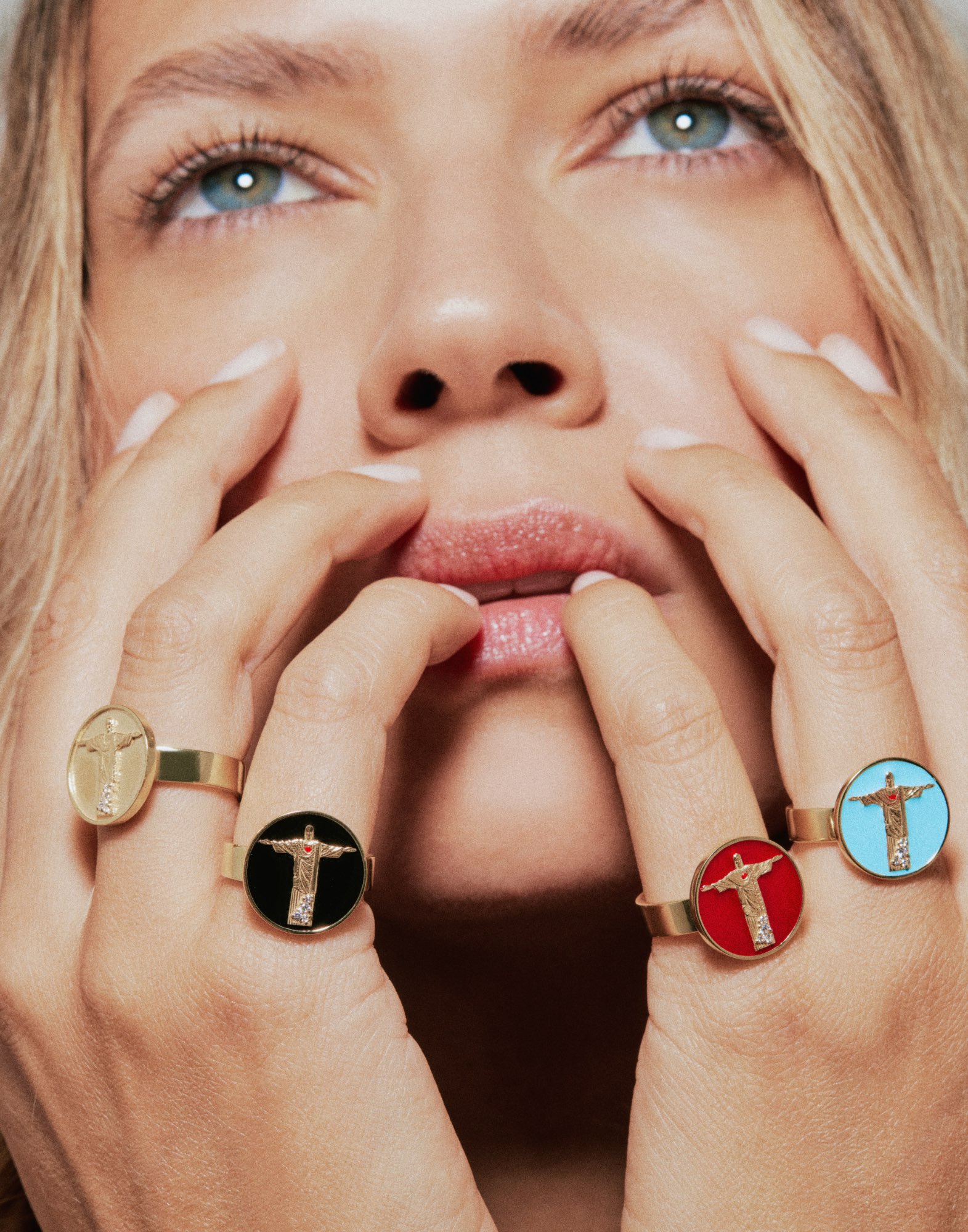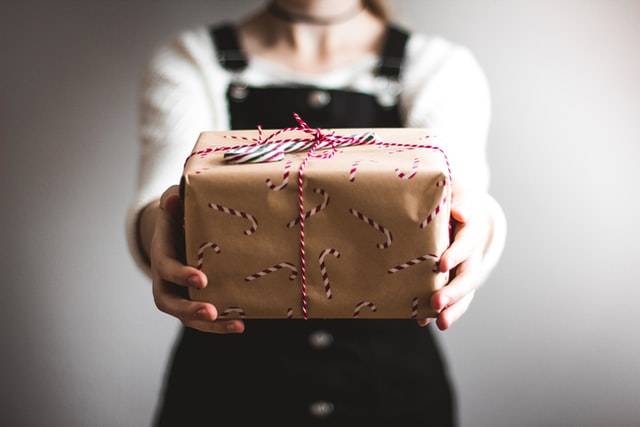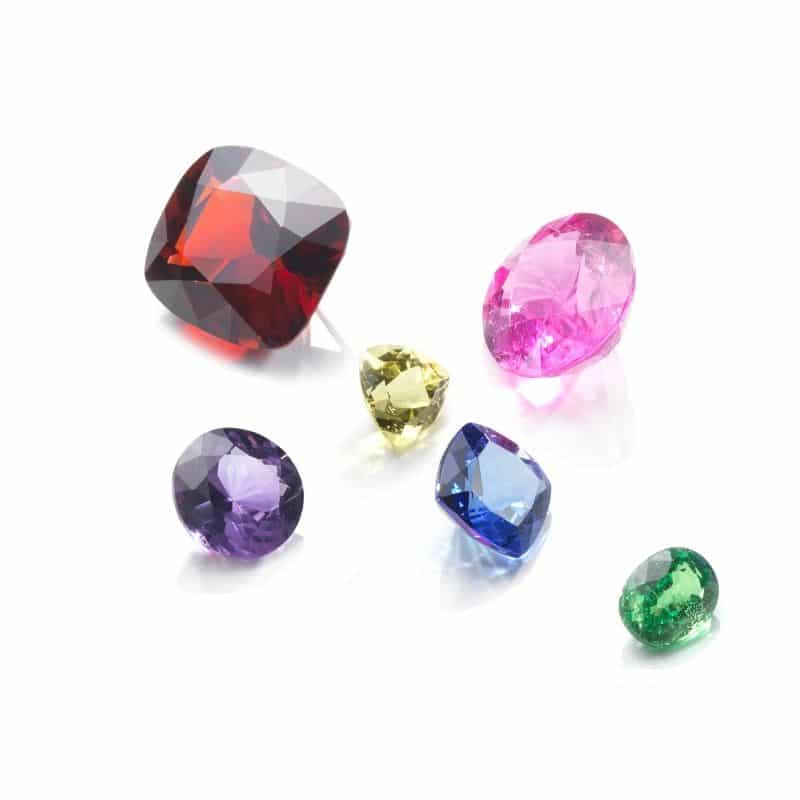BLOG
THE LUCKY STONES OF THE MONTH
Lucky stones are a fun and colourful introduction to the world of gemstones. They appeal to audiences all over the world regardless of gender, age, nationality or religion. Luck stones contain secrets, attributes and traditions that are unique to each gemstone. There are countless myths and legends about the many different powers and attributes that the stones of the month have. Whether you believe these legends or not, it is hard to disagree that learning about gemstones can be an educational and fun experience.
Find out what makes your birthstone a powerful statement of your best qualities.
JANUARY - GARNET
Those born in January are lucky to have the beautiful garnet as a good-luck stone. Garnets are commonly red but are also available in an extraordinary range of beautiful colours, including orange, yellow, purple and vibrant green. There are even garnets that change colour from blue to purple in different lights. Some believe that the true value of the garnet birthstone is its power to bring good health, wealth and happiness to the wearer.
FEBRUARY - AMETHYST
If you were born in February, your lucky stone is amethyst, the purple variety of quartz that has fascinated mankind for millennia. Its shades from lilac to deep purple can be cut in many shapes and sizes. Amethyst, the stone of the month in February, is found in the collections of royal families in Europe and Asia. It is now within reach of most consumers. If your birthday is in February, wearing an amethyst can also be a symbol of personal empowerment and inner strength.
MARCH - AQUAMARINE
The aquamarine birthstone evokes the colours of the sea. From deep blue-green to light, slightly greenish blue, faceted aquamarines are often free of inclusions and clear as water, symbolising purity of spirit and soul.
APRIL - DIAMOND
Sparkling with an inner fire all its own, the diamond is one of the most sought-after and adored gems in the world. Those born in April are lucky enough to call this sparkling gem their lucky stone, a symbol of clarity and strength. The diamond is so strong, in fact, that its name is derived from the Greek word 'adamas', meaning 'invincible' or 'indestructible'. The timeless charm of the diamond was appreciated long before it became the stone of April birth.
MAY - EMERALD
The emerald, May's lucky stone, has been loved for millennia, evoking rebirth and renewal. Widely regarded as the definition of green, the emerald is the perfect colour for spring. The emerald, stone of the month of May, has captured hearts and minds through the ages. Variations of this deep green colour suggest relaxing and lush gardens. Legend has it that the emerald has the power to make the wearer smarter and wittier, and was once believed to cure diseases such as cholera and malaria. Today it is also the gemstone given on 20th and 35th wedding anniversaries.
JUNE - PEARL, MOONSTONE
If you were born in June, you are lucky enough to have two stones of the month to call your own.
Pearl - Pearls have long been associated with purity, humility and innocence. Thus, it can be said that the meaning of the stone for those born in June is 'sweet simplicity'. As such, pearls were traditionally given as wedding gifts. The pearl birthstone was also thought to have beneficial properties. In the ancient Sanskrit text Atharvaveda, pearls were said to confer long life and prosperity. In Asia, pearls were believed to help relieve indigestion and bleeding. Some Arab physicians of the 19th century claimed that pearl powder improved eyesight, calmed nervous tremors and relieved depression.
Moonstone - This June good luck stone has been associated with both Roman and Greek moon gods. Hindu mythology states that it is made of solidified moonbeams. Moonstone is often associated with love, passion and fertility; it is believed to bring great luck.
JULY - RUBY
In ancient India, the ruby was called the 'king of precious stones' because of its rarity, hardness (second only to the diamond), beauty and seemingly mystical powers. Long associated with the life force of blood, the ruby was a symbol of youthful power and energy in Indian jewellery. In centuries past, some believed this good luck stone for July could foretell bad luck or danger, and others claimed it would cure inflammatory diseases and soothe anger. Burmese warriors believed it made them invincible in battle. Medieval Europeans claimed that rubies conferred health, wisdom, wealth and success in love.
AUGUST - PERIDOT
The word 'peridot' comes from the Arabic faridat, meaning gemstone. This lucky August stone was valued in many ancient and medieval cultures. It appeared in the jewellery of priests as early as the 2nd century BC and later in the chalices and churches of medieval Europe. The peridot lucky stone was also used for centuries as a protective talisman, shielding the owner from evil spirits and 'terrors of the night'.
SEPTEMBER - SAPPHIRE
September's lucky stone is the sapphire, a gemstone that has been prized for thousands of years. Although the term sapphire usually refers to the blue variety of corundum (ruby is the red variety), this lucky stone comes in a rainbow of other colours. Sapphires have long been associated with royalty and romance and are also said to symbolise fidelity and the soul. "
OCTOBER - OPAL AND TOURMALINE
OPAL - Most opals are prized for their changing colours in rainbow hues, a phenomenon known as 'play of colours'.
The dramatic play of colours of the October lucky stone has inspired writers to compare it to fireworks, galaxies and vOlcanes. The ancient Greeks believed that opals conferred the gift of prophecy and protection from disease. Europeans have long believed that opal was a symbol of purity, hope and truth. Hundreds of years ago, opal was believed to embody the virtues and powers of all coloured stones.
TOURMALINE - The name tourmaline comes from the Sinhalese word toramalli, meaning 'stone with mixed colours', because it often has several colours in one crystal. Very few gems match tourmaline's dazzling array of colours. Perhaps this is why ancient mystics believed that this October birthstone could inspire artistic expression: it has a palette of colours for every mood. Among the most popular are pink and red rubellites, emerald green 'chrome' tourmalines and neon green and blue-violet 'paraíba' tourmalines.
Different colours of tourmaline are thought to have their own healing properties. Black tourmaline is believed to protect the wearer and give a sense of self-confidence. Pink tourmaline embodies love and is associated with compassion and gentleness. Green tourmaline promotes courage, strength and endurance.
NOVEMBER- CITRINE AND TOPAZ
Those with birthdays in November have two beautiful lucky stones to choose from: topaz and citrine. Topaz comes in a rainbow of colours; citrine is prized for its fascinating yellow and orange hues. Both November stones are known to have calming energies while bringing good luck and warmth to the wearer.
DECEMBER - BLUE TOPAZ AND TANZANITE
BLUE TOPAZ - The blue topaz is the lucky stone for December and the most popular of the colours available, blue topaz symbolises honesty, deep emotional attachment and clarity of feelings.
TANZANITE - Tanzanite may be relatively new in the world of coloured stones, but it was one of the most exciting gemstone discoveries of the 20th century. The blue stones emerging from Tanzania were identified as the mineral zoisite in 1962. However, it was not until 1967 that prospectors identified the main source of this December lucky stone: the Merelani Hills. It was eventually named tanzanite in honour of its country of origin. The tanzanite birthstone is often described as 'velvety', mainly because of its intense, saturated colour, ranging from a pure rich blue to purple, with blue being considered the most precious. Tiffany & Co. believed that tanzanite had international appeal and became its main distributor. With its vibrant colours and high clarity, tanzanite quickly became a sensation. Today, it is not only a lucky December birthstone, but is also the gemstone for the 24th wedding anniversary.
Lucky stones of the month exclusive article Thais Bernardes Jewellery




